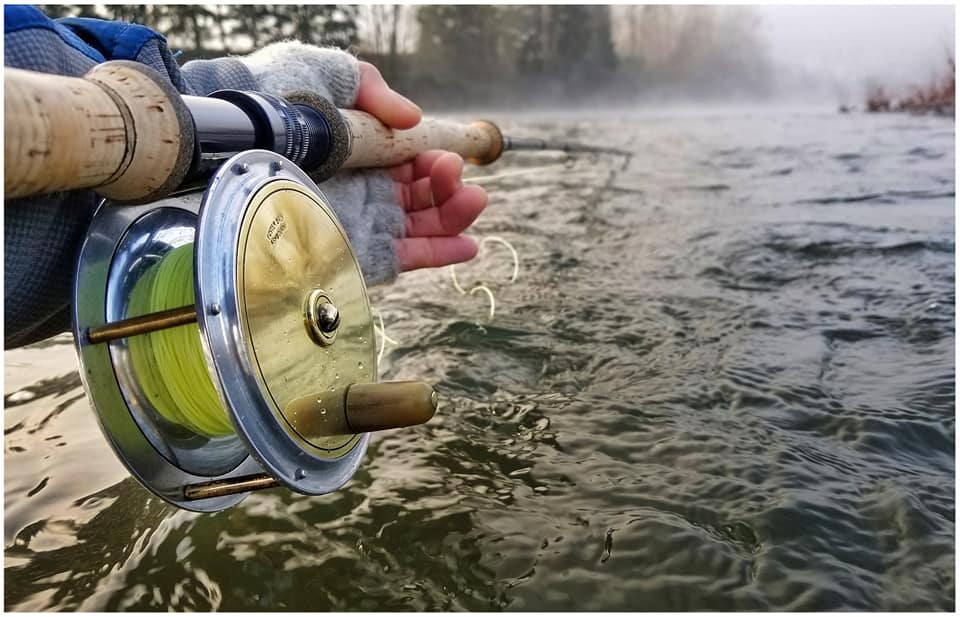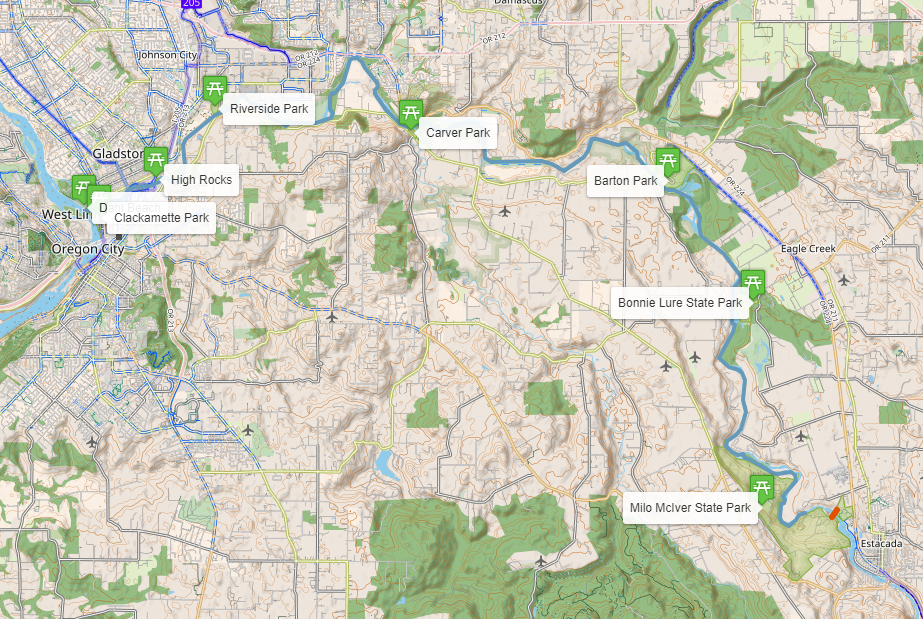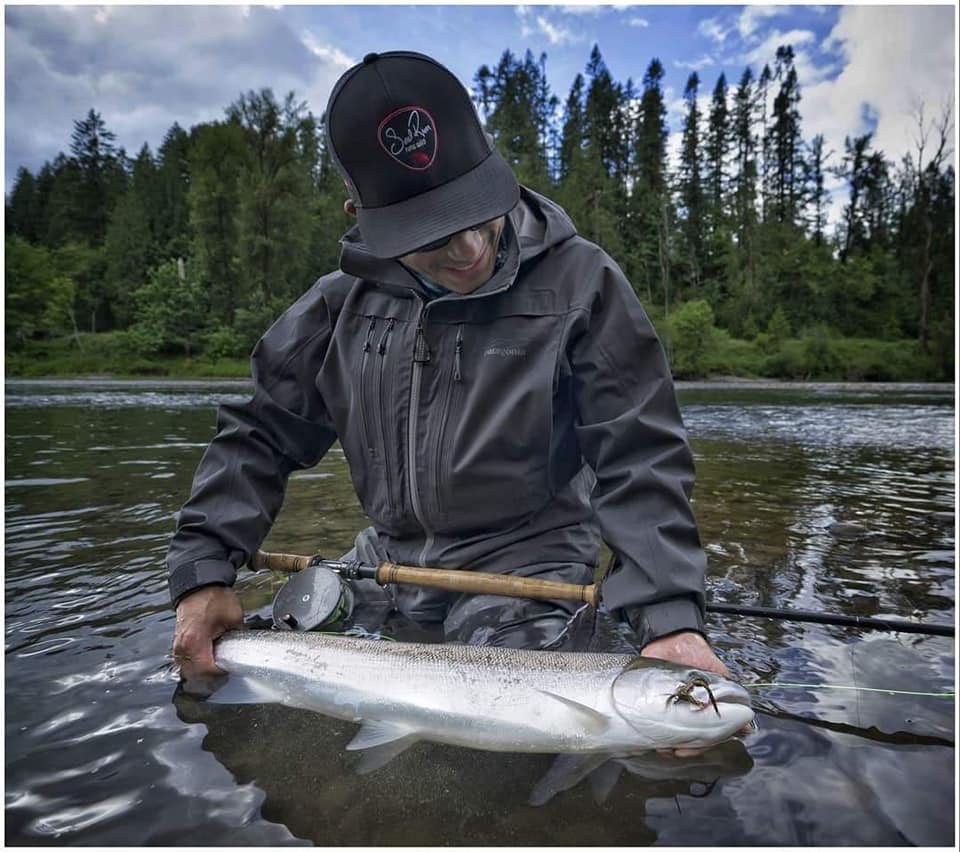
By Brian Chou
I may be a little biased in saying this, but I’d like to think that we as residents of the Pacific Northwest, live in one of the most beautiful parts of the country. Every day I am humbled to see the natural landscape, topography, and depth as I look towards the horizon. Even with the smoke that tends to fill the air in late summer, the layers of rolling hills create depth as they fade into grey, closing out the day with a brilliant sunset.
Given the diversity of this landscape, there are numerous options of recreation at our fingertips, with the most difficult part often choosing which to commit to. With all the water surrounding us, I’d like to talk about the fishing opportunities that exist, specifically on the Clackamas River.
As far inland as it may seem, the lower Clackamas still receives tidal influence from the Pacific ocean over 120 miles away, which means there is a real possibility that there are fresh salmon or steelhead riding the wave in every day!

One of my favorite things about the Clackamas is the ease of access. With several parks and trails that lead to the water, you don’t need to plan an entire day outing to enjoy what the river has to offer. Both short and long floats are also available, with 23 miles of navigable river from the upper boat launch at McIver park to Clackamette park, located at its confluence with the Willamette.
Whether you’re new to fishing or a seasoned veteran, this section offers plenty of water to explore. From its clay ledges to boulder garden tailouts and gravel bars that drop into deep holding pools, there are many methods that can effectively cover this water. How you choose to do so is completely up to what gets you out the door and to the river.
Personally, my favorite methods involve some kind of tensioned swing or retrieve (i.e. spoons and spinners or swinging flies), for the simple fact that I really enjoy the tangible feedback received upon contact. Given the amount of pressure the river can receive, I have found that if you vary your approach by bringing two different forms of presentation to the river, it will significantly up your chances of eliciting a strike, and it also allows you to cover the same piece of water two different ways. The rods I reach for the most are my 13’5” 6wt spey rod and my 6’6” fiberglass spinning rod rated at 4-10#.

That being said, the three main factors I use to determine how to best focus my time on the water are as follows:
- Water selection: Fish can be hard enough to catch, but your odds go down significantly if they’re not there. I have often felt that empathy is an angler’s greatest asset, so if you were the fish and had a limited amount of fat stores available to make it to your target destination to spawn and reproduce, what would be the most efficient route upstream?
- Presentation: Once you’ve determined the route of your intended quarry, how can you best present your offering to distract them? If going earlier in the day is an option, that will likely yield the best chance of finding a fish that isn’t stressed out from all the overhead traffic of boats/anglers/predators.
- Choice of lure: This decision is completely subjective, so whichever color combination gives you the most confidence! After all my years on the water, there has been only one consistency, where the only lures that catch fish are the ones in the water.

With record returns of Coho salmon in the past 4 years, there is no time better than the present to get out, so grab a friend (for safety, memories and photos), make a plan and fish with intent. Consistency is key, as the fish are ultimately the ones who choose to grab our lure, so if you just keep showing up and intentionally cover the water where they’ll inevitably be at some point on their journey, you’re bound to get your card pulled! (Image on the right by Brian Chou)
Remember that the rebound of fish returns are of no coincidence, whether it be the result of improvements in our overall ecosystem or conscious efforts made by humans, every little bit matters.
If you like what you see, look for ways to get involved and see what can be done to make the experience better for everyone. Have questions where to start? Send me an email at K2flyfisher@gmail.com. I’d be happy to help! Hope to see you out there!